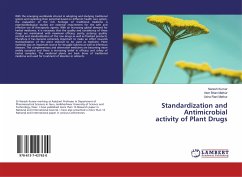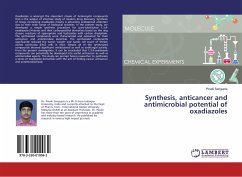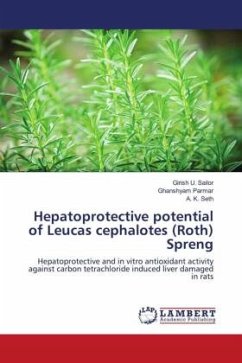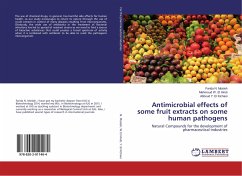In this book, Chapter 1 reported the plant origins of Lesotho propolis by employing the approach that identified the dominant resin-producing plant species options available as honey bee forage within the common foraging range of 3.2 km from the hives and disclosed that Eucalyptus spp., Prunus persica (L.) Batsch, Populus nigra L. and Salix babylonica L. were the most sources of resins for bees during spring season. Moreover, Chapter 2 revealed the colour variations and biological properties of propolis samples collected from three councils, namely Khoelenya (F03), Lithipeng (F04) and Thaba-mokhele (F05), in the Mohale's Hoek district, Lesotho. The samples presented remarkable colour variations as well as high antioxidant and antimicrobial properties. These findings could lead to the formulation of a "local" Lesotho type of propolis that could be used as an official medicine and could be a big marketing advantage for the Lesotho pharmaceutical and beekeeping industries.
Bitte wählen Sie Ihr Anliegen aus.
Rechnungen
Retourenschein anfordern
Bestellstatus
Storno








